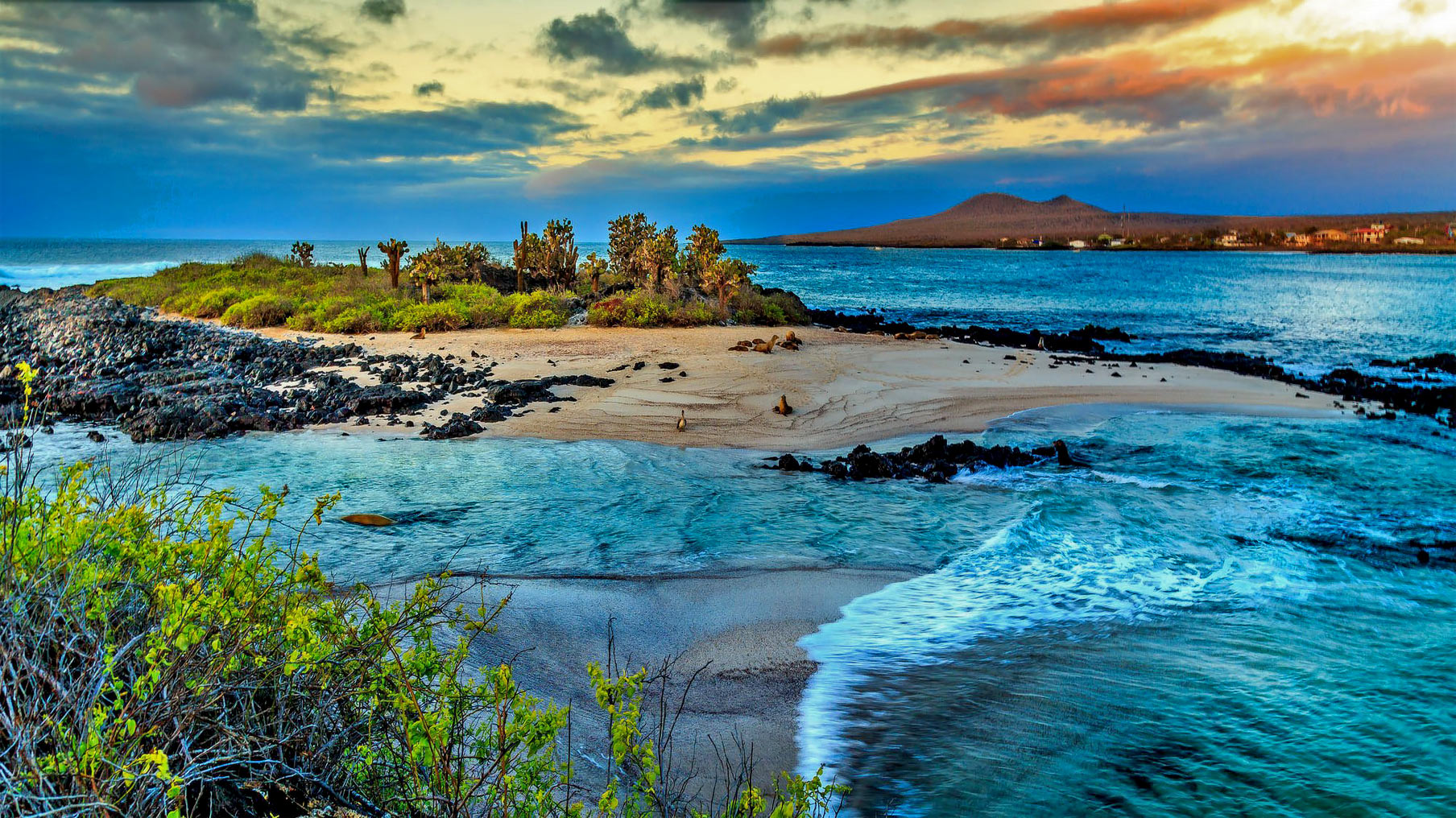The sun is rising in pink splendour over the edge of the cliffs and magnificent birds are soaring everywhere. As I look down towards the water, I see the head of a sea turtle pop out to look around, and a sea lion swim gracefully by.
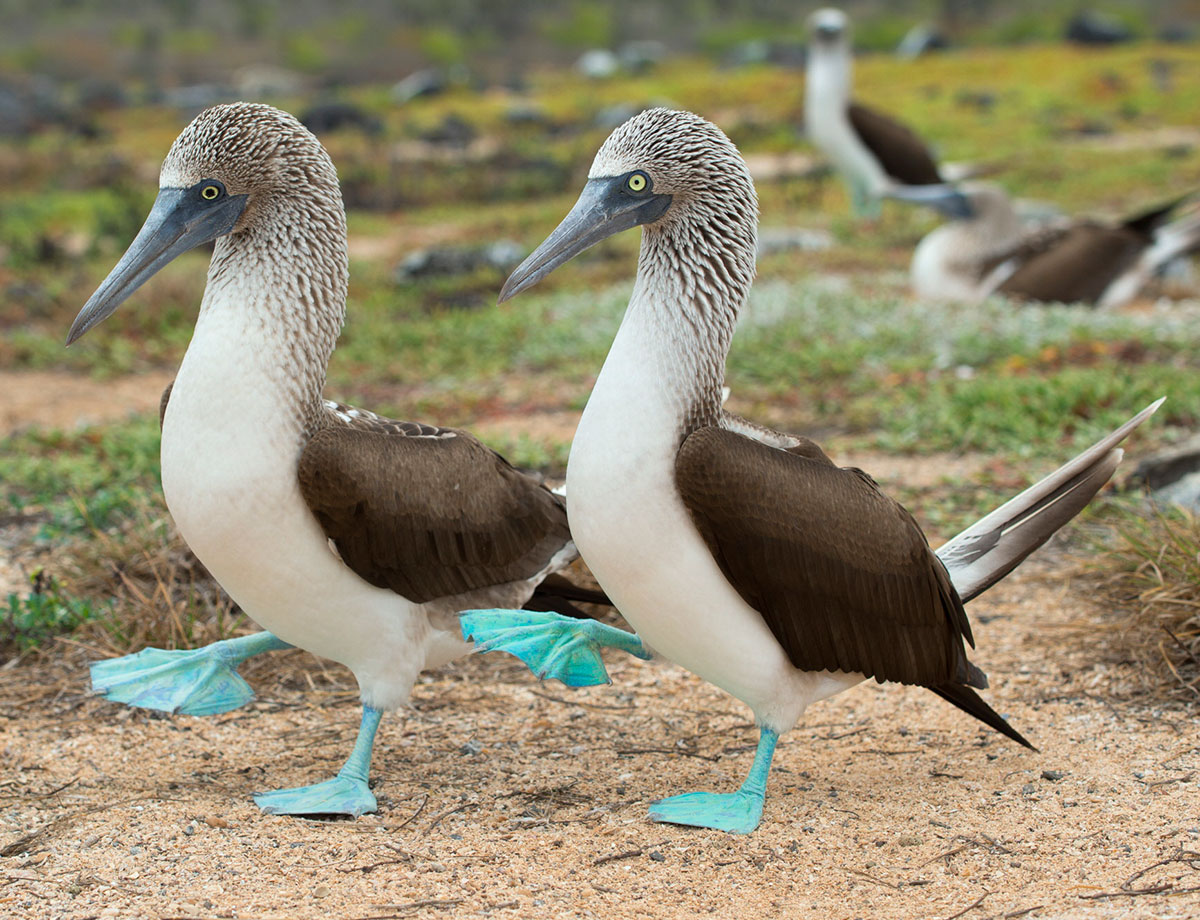
Seriously, this can’t be real… but it is. I believe this is the point in our week-long Galápagos adventure that my adjectives disappear, as it is not possible to describe this natural paradise with words. I have only “wows” left with no more superlatives available in my vocabulary.
Our guide informs us breakfast will be served in 30 minutes and we are to prepare for a dry landing with water to drink, sunscreen and snorkel gear.
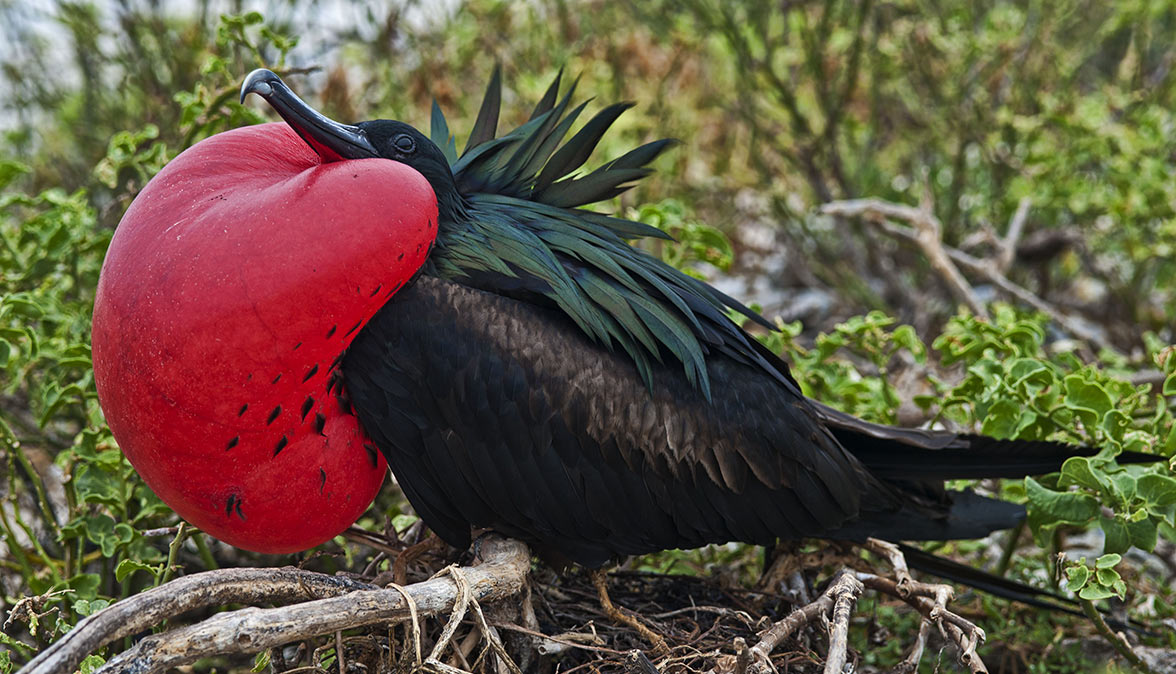
An hour after we awaken, we are walking amongst the magnificent nesting, male, frigate birds with their red breasts extended to attract females. We are a metre from vampire finches, Nazca boobies, Galápagos gulls, and the largest colony of red-footed boobies in the archipelago.
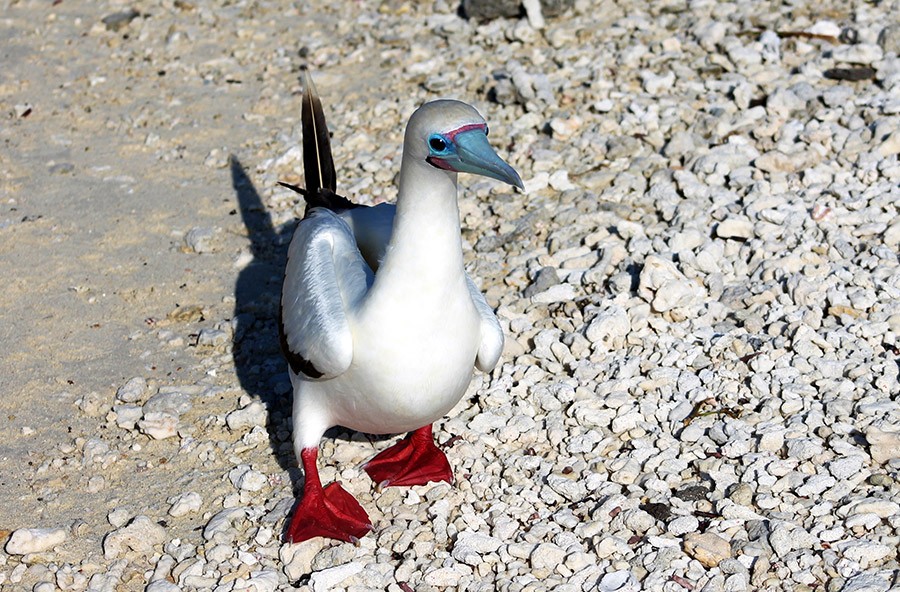
As I sit on a log putting on a wetsuit to swim with some reef sharks in the bay, a young red-footed boobie steps over me on its way down the beach. It is as if we are invisible to them, as humans have nothing to offer the animals here — nor do they have any natural fear of humans or even curiosity. We are just observers of this perfect balance of nature.
We enter the water to swim in the shallows with Galápagos sea lions and reef sharks.
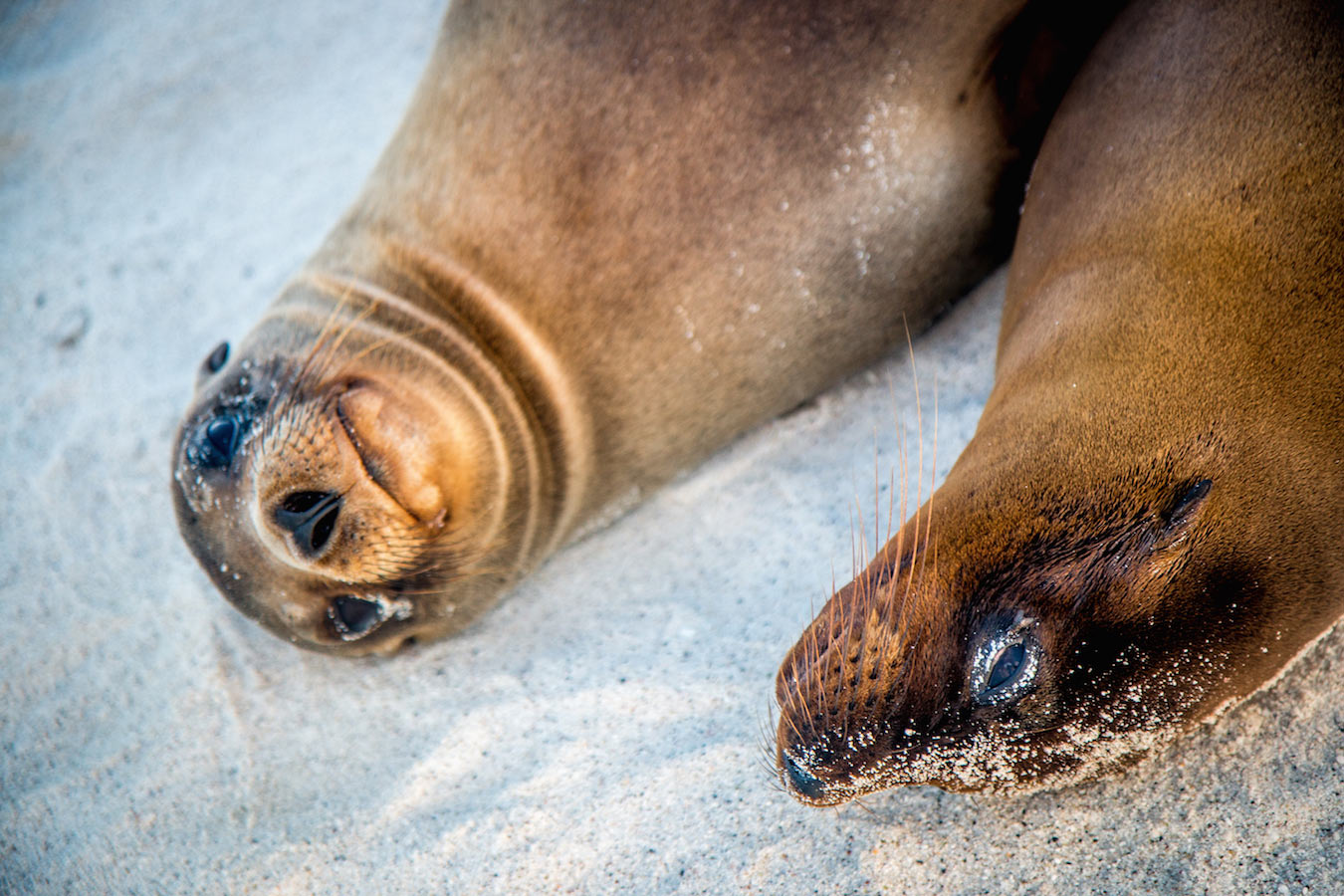
This is only the first two hours of our adventure.
Our family of four is in the Galápagos Islands where we have the privilege of spending seven nights on board the 30-metre yacht Eric.
We generally do navigation at night to have a new vista to awaken to each morning before our days of guided adventures.
It is easy to say that this is the most amazing place on Earth and our time on the Eric is an unending educational experience.
“Ah, so this is natural selection,” my 15-year-old says as we step over the dried carcasses of marine iguanas that were unable to find enough algae the previous year due to La Nina. This year’s batch of young seems to be doing very well feasting on their only food source.

The Galápagos islands are 900 kilometres from the coast of Ecuador and consist of 13 major islands, three of which are inhabited — the oldest being 5 million years old, the youngest just a million. A flight from the coastal Ecuadorian city of Guayaquil gets you to the small airport on the island of Baltra.
The archipelago is moving east at a rate of 6.4 centimetres a year as its slips under the South American plate.
“Now I understand tectonic plates that we learned about in science in Grade 5!” is heard from one of the teens during a lunchtime lecture onboard our vessel.
We swim with penguins, watch a pod of 30 bottlenose dolphins travel with us for an hour one day, see the seas teeming with life. While snorkelling we watch a sea lion bait larger fish with a small dead fish it releases, swimming back to catch the bigger prey that comes for the meal. Rays throw themselves out of the water and wherever we look huge schools of flying fish break the surface. The frigate birds catch rides on our radar and the iconic boobies and marine iguanas are prolific at almost every moorage.
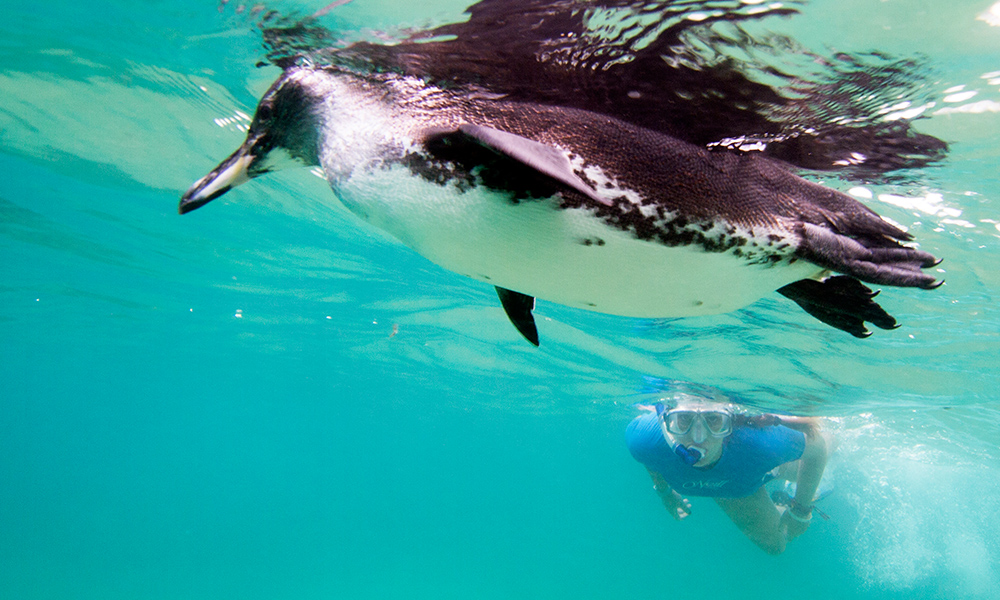
We tour giant tortoise refuges and wish they could speak to tell us what follies of man they have observed over the last 100 years as humans have tried to exist on the islands with much less success then these incredible creatures.
The Galápagos owl flies in the day feeding on its only food, the brown tern. We watch it hunt and catch its meal and blend in perfectly with the brown lava cliffs.
Charles Darwin spent five weeks on the Beagle in the Galápagos in 1835 where he began to develop his theory of evolution presented in On the Origin of Species in 1959.
“Oh, I get it! Evolution. Why keep your wings if you don’t need to fly as everything you need is right in front of you,” is our 11-year-old’s response to watching the flightless cormorants.
I shed tears of gratitude on departure for having had the chance to experience perfection in nature and share it with a wonderful group of like-minded people.
Footnote:
Contact Seal Superyachts Galápagos Islands for detailed information about cruising around Galápagos Islands, superyacht charter regulations and about how we can support your visit.
Principle agent Antonio Moreano is proud to have worked with many of the World’s largest Superyachts and has extensive knowledge of Galápagos Islands and the surrounding area.
Antonio Moreano
Phone: +593 999 11 6066
Email: antonio@seal-superyachts.com
